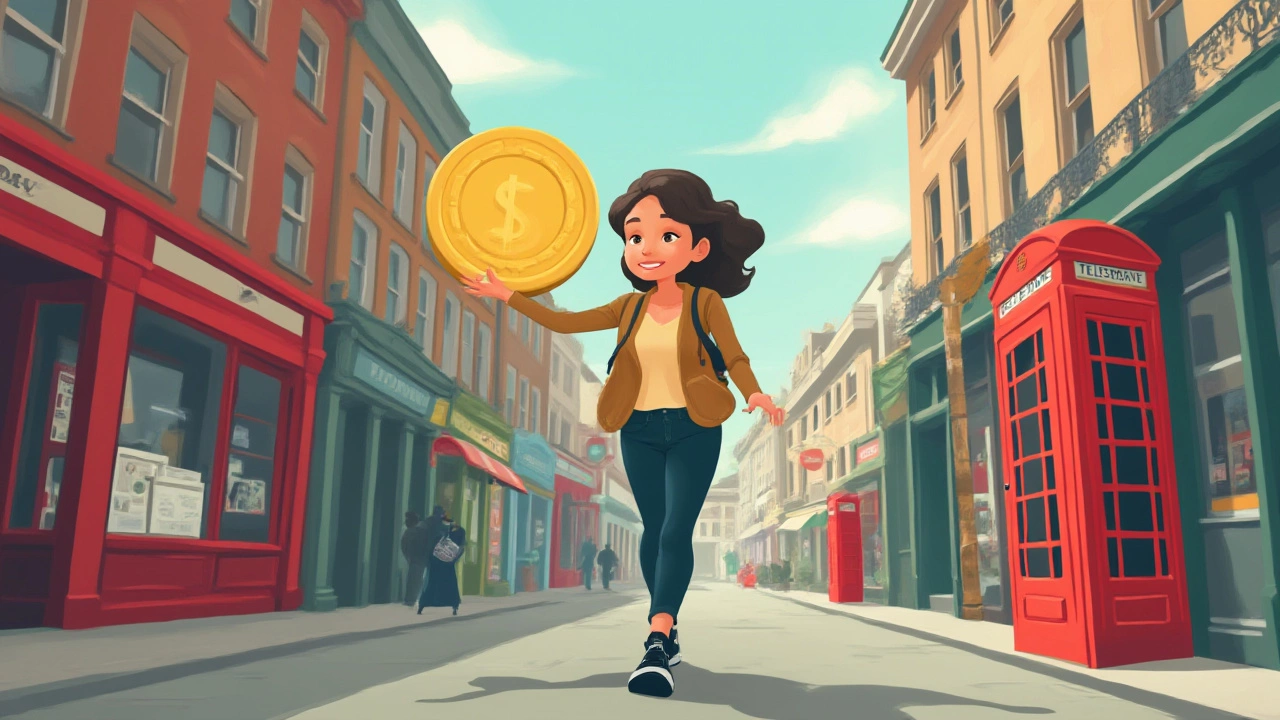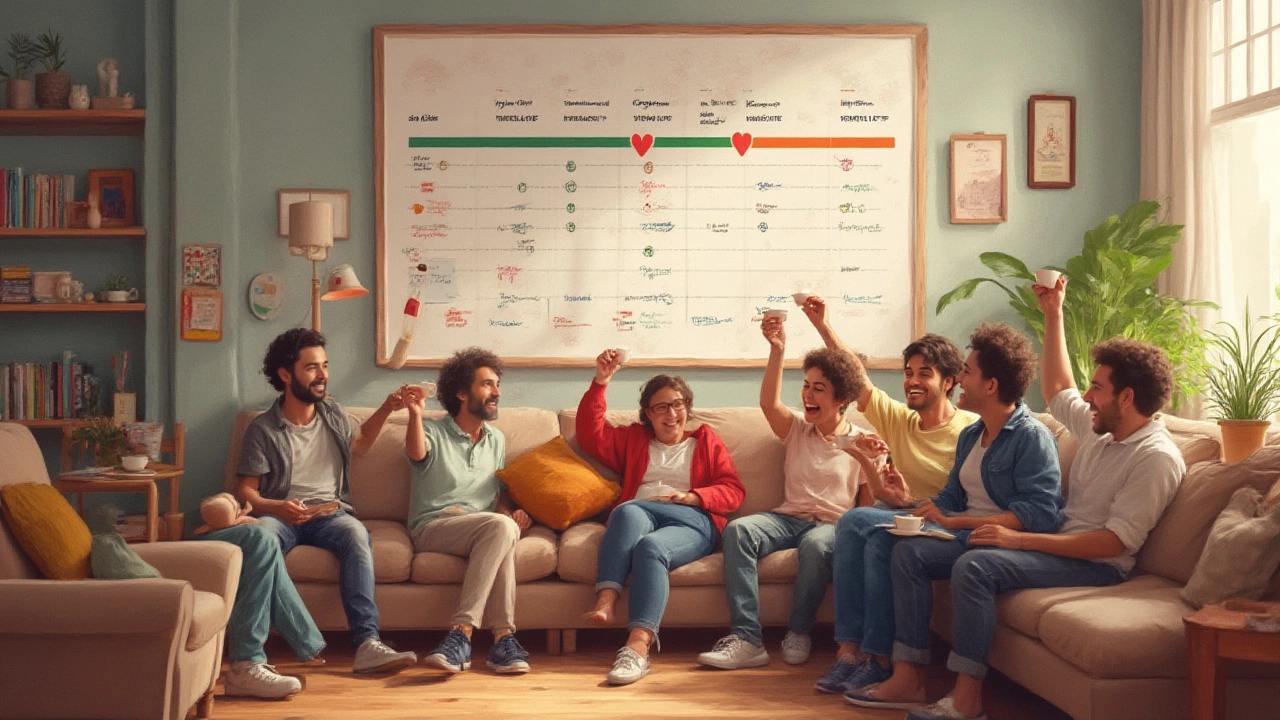You’re not the only one whose head hurts looking at the pile of bills each month. As of early 2024, the average American juggled over $21,800 in household debt, not counting mortgages. Some days, staring at the stack of credit card statements, personal loans, and payday advances, it feels impossible to catch a break. But can you really put all that debt into one payment—and does it actually help, or just sound nice on a financial podcast?
How Debt Consolidation Works and Why People Use It
If you’re tired of playing financial whack-a-mole—paying off one card just for another to explode—debt consolidation probably sounds like a miracle. Basically, you combine several debts into a single new loan or payment plan, ideally with a lower interest rate. Instead of five due dates and a mountain of minimum payments, you have just one each month. At first glance, it seems almost too good to be true.
This isn’t just a trendy trick. It’s a widely-used move. A survey by LendingTree in 2023 found that about 39% of Americans with credit card debt had tried some form of consolidation. It’s not always a quick fix, but for many, it’s been a true game-changer—especially if you’re disciplined enough to stick to your new repayment schedule.
The biggest reason people try it? Simplicity. Life gets busy—if you’re like me and chasing after kids like Tucker all day, less paperwork and fewer logins can feel like discovering a secret cheat code. There’s also a practical side. Let’s be real: credit cards love charging double-digit interest, some close to 30% APR. When you combine those into a lower-rate personal loan or a 0% balance transfer card, you might save hundreds—even thousands—over the life of your debt.
Here’s a table showing a sample of average debt types and APRs in 2024:
| Debt Type | Average APR |
|---|---|
| Credit Card | 22.6% |
| Personal Loan (good credit) | 10.5% |
| Store Card | 28.7% |
| Payday Loan | 390% (yes, really) |
If you think you’re overwhelmed, look at those numbers. Now imagine swapping a bunch of 20+% rates for a single 10% loan. That’s what draws folks in—but you have to watch out for the traps.
It’s not free money, and it’s not for everyone. You need to qualify (usually with decent credit), and the big catch? If you screw it up and start running up new debts, things can get even messier. That’s why I always tell buddies: consolidation is a tool, not a get-out-of-jail card. But if you use it right, it can give you hope and breathing room.

The Most Popular Ways to Put All Your Debt Into One Payment
Debt consolidation isn’t just one thing. There are a few major routes people use, and the right one for you depends on your situation, debts, and even your habits. Let’s break down the most common ones:
- Debt Consolidation Loan: This is like starting fresh. You apply for a new personal loan—ideally with a strong bank, credit union, or legit online lender—get approved, and use that cash to pay off all your other debts. Then you just make payments on that single new loan. Most are installment loans, so you pay a set amount every month.
- Balance Transfer Credit Card: These cards offer low or even 0% interest for an initial period—often 12-21 months. You move your other card balances over, pay one bill, and do your best to wipe it out before the promo rate disappears. You gotta read the fine print: transfer fees (usually 3-5%) and regular APR (which can shoot back up) can be nasty surprises.
- Home Equity Loan or Line of Credit (HELOC): If you own a home and have equity built up, you can usually borrow against it at much lower rates than credit cards. You get the money, pay off your debts, and repay the loan over time—just remember that your house is literally on the line.
- Debt Management Plans: These aren’t new loans but instead payment programs through nonprofit credit counseling agencies. They work out new deals with your creditors—lower rates, fewer fees, and one monthly payment to the agency, which then pays everyone else. There’s often a setup fee, and while it’ll ding your credit in the short run, it can be a life raft for folks drowning in chaos.
Which one’s best? It depends on your credit score, how much you owe, whether you’d risk your home, and honestly, how honest you want to be with yourself about spending habits. For folks with great credit and low balances, balance transfer cards can be a steal—my neighbor wiped out his cards in 15 months this way, paying no interest. But if your credit isn’t so hot, you may have better luck with a debt management plan or a secured loan.
There are a few things everybody should keep in mind before jumping in, though. Let’s talk about the cost—the hidden kind. Not all consolidation loans are equal. Some lenders offer low “teaser” rates that jump later, or tack on origination fees. With home equity loans, you’re betting your roof. Miss too many payments? The bank could foreclose. And with balance transfers, if you’re even a day late, you might lose the low rate and face sky-high penalties.
Consider this too: closing old accounts after paying them off can tank your credit score, at least temporarily. Credit scores love “long history.” So unless a counselor tells you otherwise, keep old cards open after consolidating. I made that mistake with a department store card in my 20s—my credit dropped 22 points overnight.
Here’s a checklist of questions to ask yourself before you jump in:
- Will this actually lower my interest rate (not just make it seem easier)?
- Are there origination, transfer, or counseling fees?
- Is my job steady enough to handle a fixed monthly payment?
- Am I likely to charge up my cards again after paying them off?
- Could I get help from a nonprofit credit counselor instead?
And remember: never pay for debt help from a company until you know they’re legit. Scammers love desperate folks. Always look for nonprofit status and check reviews, especially if you’re going with a debt management plan.

Smart Habits After Putting Your Debt Into One Payment
So you pulled the trigger. All your cards, loans, and bills are mashed into a single, easy payment. Now what? This is where the hard work starts. Most people who get into trouble after consolidating don’t have a math problem—they have a habit problem. Here’s how to actually get ahead once you’ve set things up:
- Don’t Close Your Credit Cards Right Away: This sounds wild, but closing old accounts can hurt your credit score. The age of your accounts and available credit both matter a lot. If you can, cut the cards up or hide them, but leave the accounts open (unless they’re charging fees).
- Make Payments Early (or at Least On Time): Payment history makes up the biggest chunk of your credit score. Set reminders, schedule autopay, beg your smart speaker—whatever it takes so you never miss.
- Leave Room for Emergencies: If you stretch your budget razor-thin to afford your new single payment, one bad day (vet bill, car repair, surprise field trip for Tucker’s class) could knock your whole plan off course. Build up at least a mini emergency fund, even if it’s just a couple hundred bucks at first.
- Ignore “Pre-Approved!” Mail Offers: Lenders know you’re cleaning up your debt and will flood you with new offers. The last thing you want is another card. Trash the mailers. If you need to, freeze your credit file so nobody can open new accounts under your name.
- Celebrate Milestones: Paying down debt is soul-crushingly slow. Set tiny goals—even if it’s just crossing off a payment on the fridge calendar. Celebrate with a pizza night or an extra-long walk with the dog. Don’t wait till you’re debt-free to pat yourself on the back.
And here’s a big one I learned the hard way: get the whole family involved. Kids, partners, roommates—talk honestly about the changes you’re making. Explain to Tucker why you can’t get takeout every night, or why the latest PlayStation game might have to wait. Debt stress is quieter when everyone’s rowing the boat the same way.
Making one payment instead of a dozen does feel freeing. But the real win comes when you turn that relief into new habits. Your energy is precious. Use it to build new spending patterns, learn basic budgeting (envelopes, spreadsheets, your own method, whatever works), and start thinking ahead instead of putting out fires.
Debt consolidation isn’t a magic fix. But for a lot of us, getting our debts into one payment is the bridge between chaos and having a plan. Banks, counselors, and even your most organized friend might try to make it sound scarier or easier than it really is. Truth is—it’s a tool. It works if you do. And once you start seeing those balances shrink, the weight on your shoulders gets a little lighter each month. That’s priceless, right?




